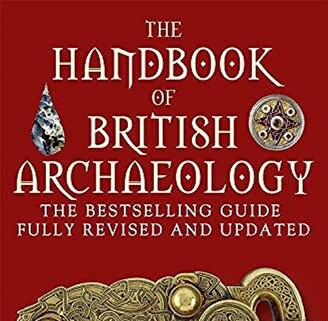Dozens of sites linked to the Viking great army as it ravaged Anglo-Saxon England more than 1,000 years ago have been discovered. Leading experts from York University have traced the archaeological footprint of the Scandinavian invaders, identifying previously unknown sites and routes.
The study, conducted by Dawn M Hadley, professor of medieval archaeology, and fellow archaeology professor Julian D Richards, found that the significance of many of the ingots, gaming pieces and other artefacts unearthed by metal detectorists over the years had been overlooked until now. They also discovered about 50 new sites that they believe were visited by the Viking great army.
The Anglo-Saxon Chronicles, the collection of annals in Old English, recorded that the “great heathen army” arrived in 865. Over 15 years, battles were fought in the kingdoms of East Anglia, Northumbria, Mercia and Wessex, kings were overthrown, monasteries were looted and society was transformed as Viking leaders adopted Anglo-Saxon styles of kingship, converted to Christianity and engaged in political diplomacy.
Richards and Hadley have identified Viking sites and routes by comparing artefacts unearthed across the country with those discovered at two of their main camps, Torksey in Lincolnshire and Aldwark in North Yorkshire.
Richards said that gaming pieces thought to have been first manufactured at Torksey, for example, were identified on main routes or transhipment points more than 100 miles away. These were pieces from a strategic board game similar to chess.
The artefacts studied include dress fittings, such as strap ends, and exchanged bullion – notably silver, gold, and copper-alloy ingots, weights and Islamic dirhams – among objects acquired by the Vikings from as far afield as Ireland and the Islamic world.
One site in Yorkshire has been identified through various metal detector finds, including a cross-shaped mount whose matching other half was, remarkably, unearthed miles away in Lincolnshire. The discoveries show how members of the Viking army cut up pieces of loot and each took their share, according to Hadley.
…
The academics will include their findings in their forthcoming book, Life in the Viking Great Army: Raiders, Traders, and Settlers, to be published by Oxford University Press in January. It will feature discoveries such as a fragment of scrap lead from Aldwark depicting Fenrir, the monstrous wolf of Norse mythology, and fittings from harnesses and sword belts.
Many of the previously unseen finds will be unveiled at the Yorkshire Museum’s new Vikings display, which opens in July.


